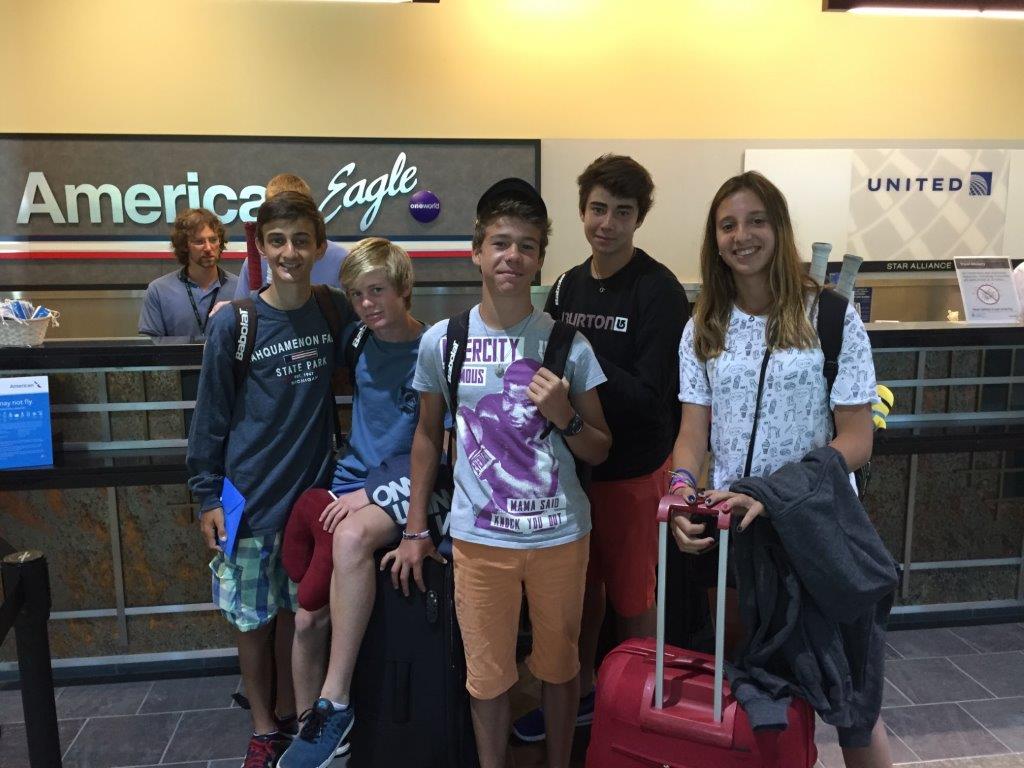
No one was injured, although the force of the twister ripped their 100-year-old tree out of the ground. Hillary Timpe in Countryside, Illinois, a suburb southwest of Chicago, was with her husband, Greg, when the tornado whipped quickly through their neighborhood, damaging homes. “I’m sad for the folks that are cleaning up today, and picking up tree limbs, but at least we’re not talking about planning funerals,” he said. The storms yesterday were in the 25,000- or 30,000-foot range,” he said.Ī cluster of storms formed in mid-to-late afternoon in northwest Illinois, moved toward the Interstate 39 corridor and eventually into the western suburbs of Chicago, hitting peak intensity around 5 to 6:30 p.m. “Sometimes thunderstorms can get so tall and so strong that they reach up to … 60,000 feet.

Morning rainfall and cloud cover dampened the amount of instability that could build up in the atmosphere, and the storm system was vertically shorter - and less deadly - than a typical tornado, said Gensini, who is a professor of meteorology at Northern Illinois University. Meteorologist Victor Gensini estimated that most of the tornadoes that occurred Wednesday “were rather short-lived and rather weak.” The weather service said the suspected tornadoes were spawned by rotating thunderstorms known as supercells.

The teams will determine if tornadoes hit those areas, and if so, will work to pin down their tracks and intensity ratings. The weather service posted a map on social media highlighting nine yellow-shaded areas, including the Cicero area, where there were either reports of storm damage or indications from radar of possible tornadoes, Yack said.


 0 kommentar(er)
0 kommentar(er)
